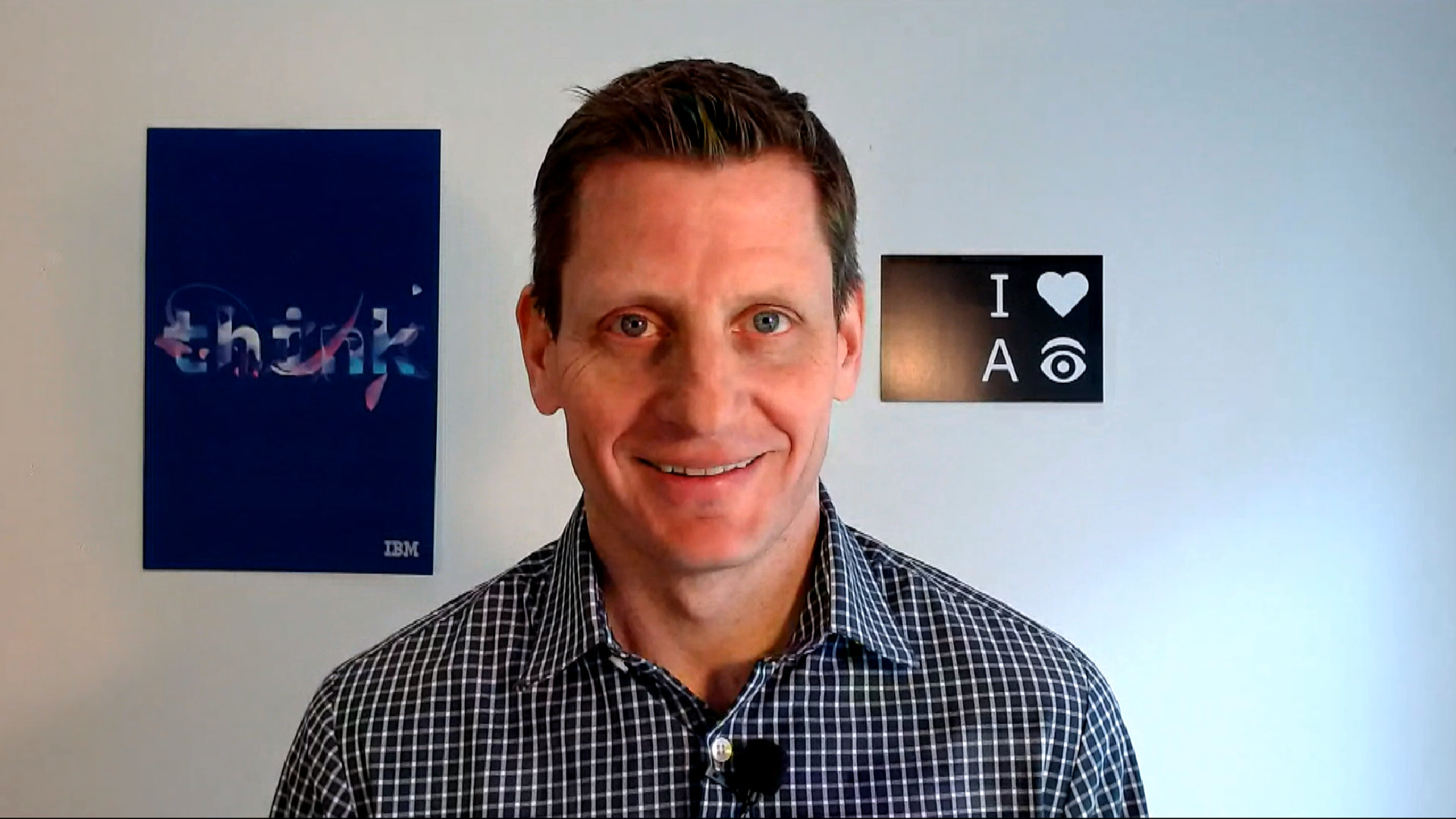 AI
AI
 AI
AI
 AI
AI
The end goal of the digital journey has never been about adopting cool new technology. Sure that’s fun, but a business’ bottom line is profit.
Yet dollars are being lost in downtime as businesses become dependent on new technology. The complexity created by operating across multiple environments, from the data center to public cloud, and out to the edge, keeps chief information officers awake at night as keeping the lights on is now harder than ever.
“Every year organizations lose $26.5 billion of revenue because of outages in IT systems,” said Rob Thomas (pictured), senior vice president of the Cloud and Data Platform at IBM Corp.
Thomas spoke with Dave Vellante, host of theCUBE, SiliconANGLE Media’s mobile livestreaming studio, during the IBM Think Digital Event Experience. They discussed IBM’s announcement of Watson AIOps, and how business artificial intelligence is an important part of a successful hybrid cloud strategy. (* Disclosure below.)
Eliminating downtime means stopping problems before they occur and getting faster at fixing them when they do happen. Monitoring systems and spotting potential issues is one area where AI beats human intelligence hands down. IBM’s Watson AI has been at the forefront of business AI for years. The company’s Watson Assistant looks to remove the frustrations of automated phone systems through intelligent customer interaction. Watson AIOps is the next evolution of Watson Assistant, according to Thomas, who described it as the “nervous system for a CIO.”
“What we do is we just collect data, log data from every source system, and we build a semantic layer on top of that, so Watson understands the systems, understands the normal behavior, understands the acceptable ranges, “ Thomas explained. “Then anytime something’s not going like it should, Watson raises his hand and says, ‘Hey, you should probably look at this before it becomes a problem.’”
The concept that would lead to Watson AIOps started when IBM started training Watson Assistant’s intent-based models on publicly available information from the Centers for Disease Control and Prevention.
“We saw the whole COVID-19 situation coming,” Thomas said. As a response, IBM’s Watson Assistant for Citizens changed the virtual agent that handled customer relations to one that could answer citizen questions about COVID-19 and what they should be doing.
“We’ve gone live with 20 organizations, many of which are state and local governments but also businesses, City of Austin, Children’s Healthcare of Atlanta, state and local governments in Spain, in Greece, all over the world,” Thomas said. “It was kind of proof of the power of technology when we’re dealing with any type of a challenge.”
Here’s the complete video interview, part of SiliconANGLE’s and theCUBE’s coverage of the IBM Think Digital Event Experience. (* Disclosure: TheCUBE is a paid media partner for the IBM Think Digital Event Experience. Neither IBM, the sponsor for theCUBE’s event coverage, nor other sponsors have editorial control over content on theCUBE or SiliconANGLE.)
Support our mission to keep content open and free by engaging with theCUBE community. Join theCUBE’s Alumni Trust Network, where technology leaders connect, share intelligence and create opportunities.
Founded by tech visionaries John Furrier and Dave Vellante, SiliconANGLE Media has built a dynamic ecosystem of industry-leading digital media brands that reach 15+ million elite tech professionals. Our new proprietary theCUBE AI Video Cloud is breaking ground in audience interaction, leveraging theCUBEai.com neural network to help technology companies make data-driven decisions and stay at the forefront of industry conversations.